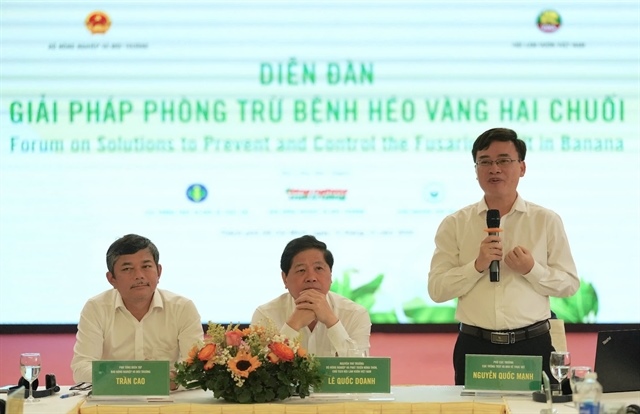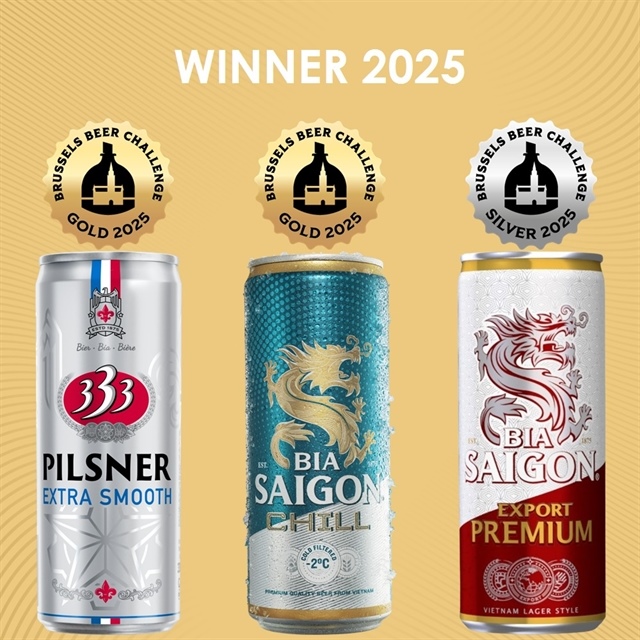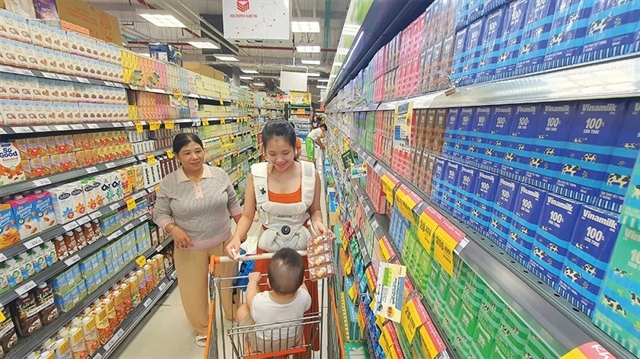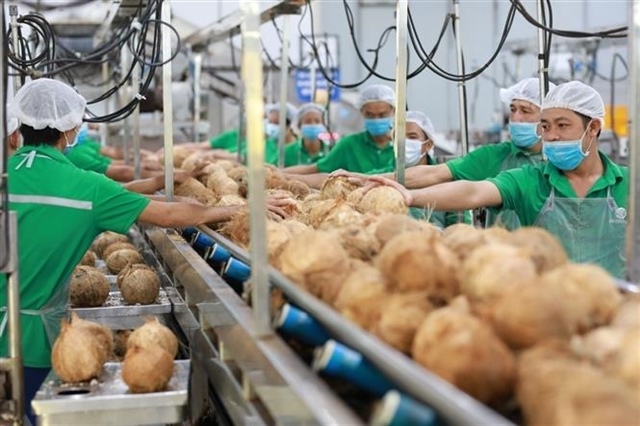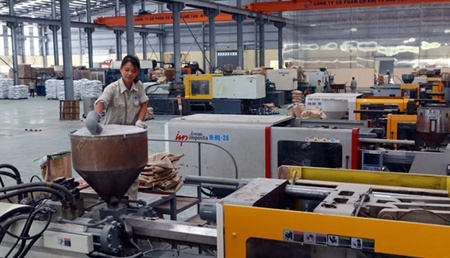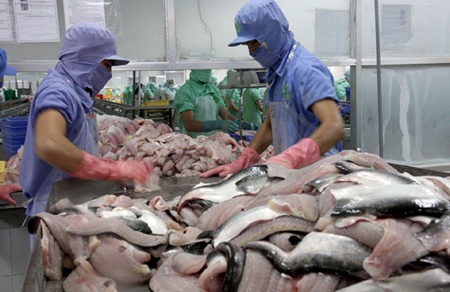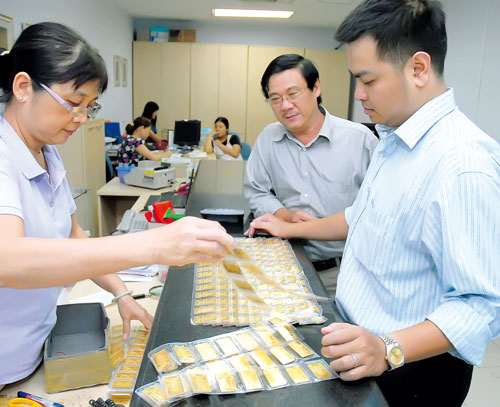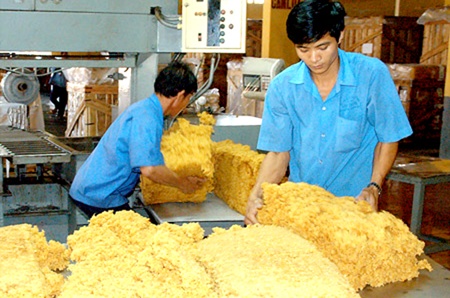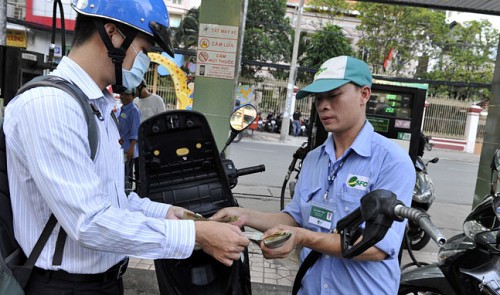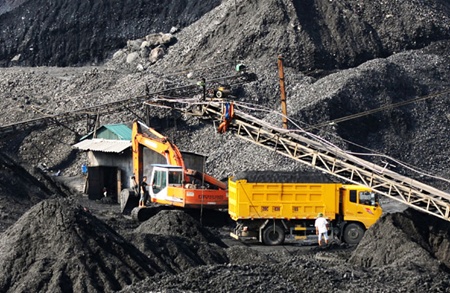Poor fertiliser plagues farmers
Poor fertiliser plagues farmers
The overlapping management over fertiliser production and trade has been blamed for the increased number of violations relating to fake or poor-quality fertiliser in Viet Nam.
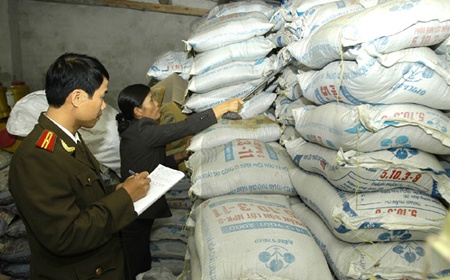
At present, the Agriculture and Rural Development Ministry and the Ministry of Industry and Trade are in charge of managing fertiliser.
Viet Nam has about 30,000 fertiliser producing and trading establishments with a total output of 8 million tonnes, meeting 80 per cent of the domestic demand.
However, Truong Hop Tac, head of the Fertiliser Management Department under the Agriculture Ministry, said that the vague responsibilities for each ministry caused confusion for local enforcement agencies.
For examples, some localities assigned the Cultivation Division to manage fertiliser, while others assigned the Plant Protection Division or the Agricultural Product Quality Testing Agency, he said.
Most localities lacked staff to oversee fertiliser-related activities, as well as equipment for testing the quality of fertiliser, he said.
Moreover, presently, Viet Nam decides which fertiliser products are eligible to circulate on the market based on list of over 5,000 registered fertiliser labels, he said, adding that the tool posed problems because of difficulties in tracking the products' origin.
Do Thanh Lam, deputy head of the Market Management Department under the Ministry of Industry and Trade, said that violations for fake or poor-quality fertiliser production was growing constantly.
Over the last 18 months alone, market watch forces detected over 5,300 violations, fined 1,390 for a total of VND17.2 billion (US$816,000) and seized 917 tonnes of substandard fertiliser.
Notably, the Market Watch of northern Hoa Binh Province found a trading violation involving 36 tonnes of fake fertiliser. In northern Yen Bai Province, 225 tonnes of fake Diamino Phosphate fertiliser was found being transported from China.
Lam said that violators including firms, private establishments and households were using more and more complicated tricks.
They take advantage of border terrain for smuggling, change packaging and use fake documents to make the smuggled products penetrate domestic market.
There were cases in which farmers collected cheap substandard fertiliser and then sold it to other farming households. Some even added half baked brick powders, soil, salt and dyeing substance.
He said that violators, to avoid criminal prosecution, did not pack all of the stored fertiliser as finished products, but just packed enough fertiliser for it to sell out soon.
"It's difficult for them to control fertiliser prices and quality because of an insufficient distribution system," Lam said, adding that few fertiliser producers have set up their own distribution channel from production to retail stores.
Now most of their distribution relies on commercial companies or private stores, he said, implying that products needed to undergo many steps before reaching farmers.
At present, it seems that any one can make and sell fertiliser.
Tac, from the Agriculture Ministry, said that it was necessary to impose more requirements for fertiliser production and trade, as well as clarify or set up a vertical system from central to local levels responsible for fertiliser management.
vietnamnews


